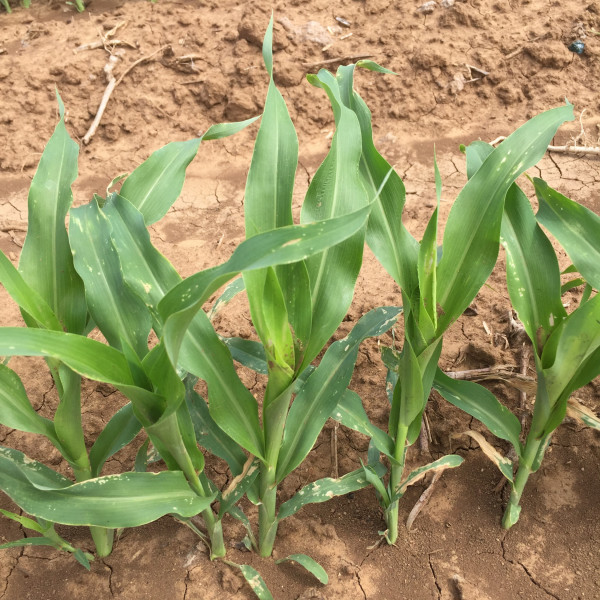
Celebrate Whole Grains Month! A Q&A With Lanier Dabruzzi, MS, RD, LD
As part of its Whole Grains Month festivities, the Whole Grains Council, a nonprofit consumer advocacy group working to increase the consumption of whole grains, conducted an interview with our own Lanier Dabruzzi, Director of Food Innovation & Institutional Markets. The topic of discussion centered around the recent addition of sorghum to the USDA’s Food Buying Guide for Child Nutrition Programs, which foodservice professionals use to develop school meal programs in accordance with USDA’s nutrition guidelines.
Interview Questions for USCP
Sorghum was recently added to the Food Buying Guide for Child Nutrition Programs. For those unfamiliar, can you explain what sorghum’s inclusion means?
The inclusion of sorghum in the Food Buying Guide is a monumental win for sorghum. The Food Buying Guide is a critical resource on which foodservice professionals rely to formulate meal plans for school nutrition programs that meet USDA nutrition requirements. The inclusion of whole grain sorghum, pearled sorghum and sorghum flour in this Guide is an important acknowledgement by USDA that sorghum is a nutritious addition to the plates of American schoolchildren as a nutrient-rich, high-protein, gluten free ancient whole grain.
Can you tell us more about how its addition to the Guide came about?
In an effort extending over many months, the United Sorghum Checkoff Program has worked with USDA to add sorghum to the Food Buying Guide.
School lunches have come a long way in the last few years. What do you think is driving that change?
The USDA has worked hard over the years to ensure that the food that is served to America’s school children is as nutritious as possible, as they recognize that many children rely on school meals for much of their food each day. For example, as of July 1, 2022, USDA has implemented a new requirement stating that at least 80 percent of the weekly grains in school lunch and breakfast menus must be whole-grain rich, which has resulted in school nutrition providers actively seeking foods that satisfy this requirement. As a nutrient-rich ancient whole grain, sorghum will prove to be the solution for school nutrition professionals for the upcoming school year and beyond.
How can including sorghum in school meals reflect the cultural food traditions of a diverse student body?
Sorghum was originally cultivated in Africa and is prevalent in many cuisines including Indian and African. With the cultural landscape of America more diverse than ever, sorghum serves as a nutritious and culturally inclusive addition to meals.
How do you think kids will react to sorghum in their school lunches? Do you have any tips or kid friendly recipes for readers interested in incorporating sorghum into meals for their own children?
Sorghum has proved to be similar enough to foods that children are familiar with, such as rice or quinoa, while sparking excitement as a novel food. Foodservice professionals or consumers who are interested in incorporating sorghum into their school menus as a healthy and gluten-free whole-grain can visit www.sorghumcheckoff.com, or contact Lanier Dabruzzi at lanier@sorghumcheckoff.com to learn more about purchasing and utilizing sorghum in a variety of ways offering a new and nutritious menu option to satisfy students of all ages.
Lastly, is there anything you’d like to share about sorghum, school lunches, or the USCP that I didn’t ask about?
This is just the beginning of what we hope is many Americans “rediscovering” the delicious, nutrient-rich, sustainable grain!
Whole Grains Month festivities continue throughout the month of September. To learn more and join in on the fun, click here.



